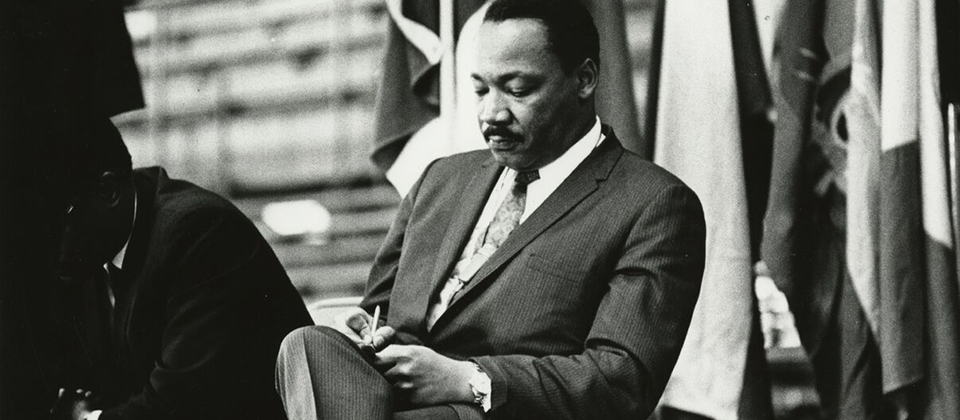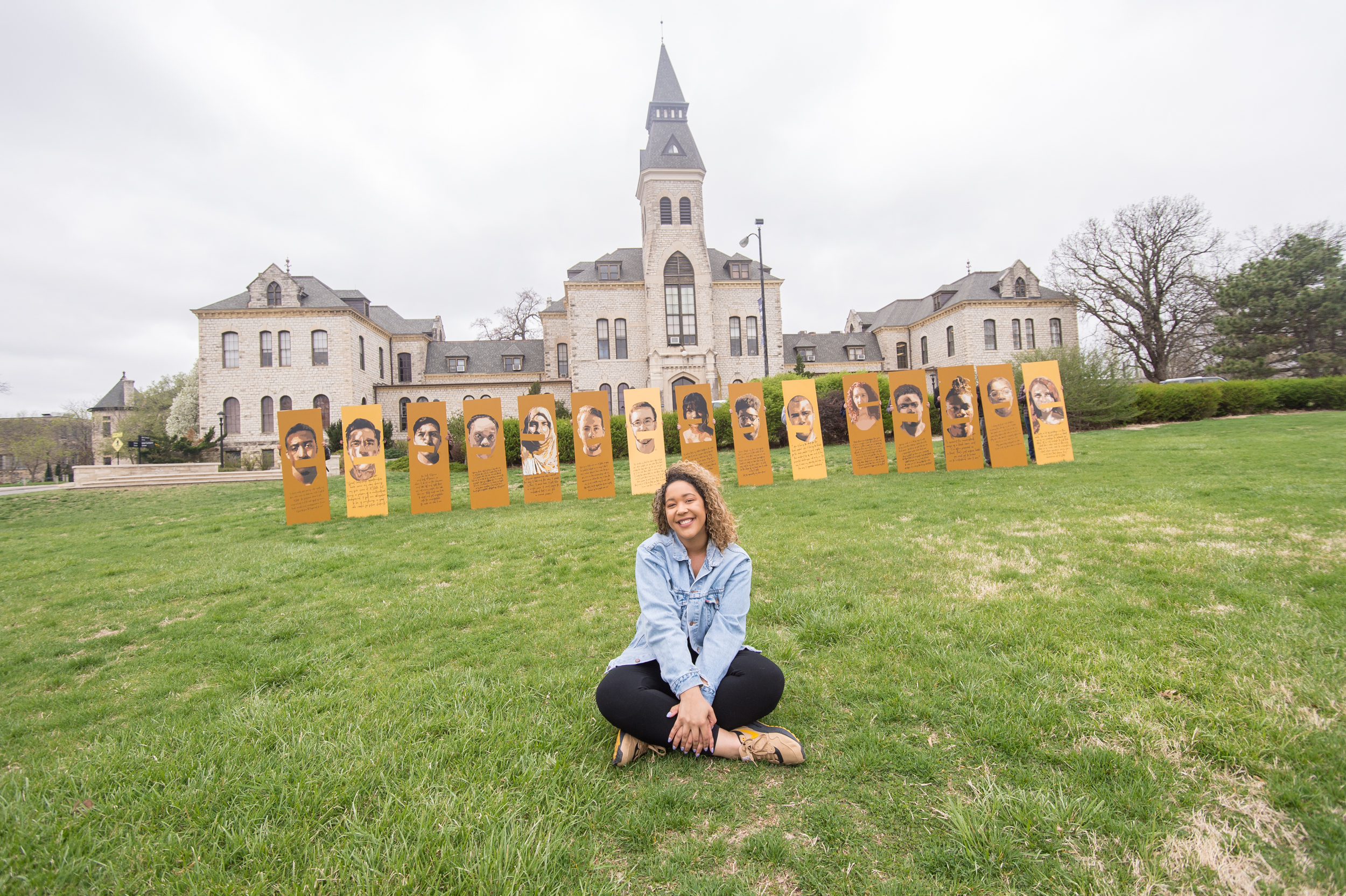Five Facts about Black History Month at K-State
During the month of February, the K-State Alumni Association honors Black History Month at K-State, affirming a steadfast commitment to unity and belonging. Although celebrated in February, Black History Month and the efforts associated with it, aren't limited to one month at K-State.
"With a 365 mindset, we can transition dialogues beyond the single focus of history for a single month to empower students, administrators, faculty and staff to enhance our cultural awareness at any time, in any setting that offers an opportunity." said Rana Johnson, vice president for diversity, equity, inclusion and belonging at K-State.
Within this piece, we explore some of the enduring impacts made by Black individuals and groups on K-State's campus.
-
Phi Beta Sigma, the first historical Black fraternity, was founded nationally in 1914 and a chapter was established at K-State in 1917. Making it the fourth national chapter to be founded. When the Sigma’s arrived at K-State, they first owned a house at 618 Yuma St. and later at 1020 Colorado St. At the time Black people in Manhattan were not allowed to live north of Colorado Street.
-
In 1949, Harold Robinson was the first Black scholarship athlete in the Big Seven and at K-State. Two years later in 1951, Gene Wilson became the first Black scholarship basketball player. Wilson then went on to break the Big Seven color barrier along with LaVannes Squires at the University of Kansas by becoming the first Black scholarship athletes in the conference for basketball. 2024 marks the 75th anniversary of Robinson's career at K-State. More details on this celebration will be released later this year.
-
January 19, 1968, Martin Luther King Jr. visited and spoke on K-State’s campus. During his visit, he met with President James McCain and spoke to an audience of students, faculty, staff and community members about civil rights, social activism and race relations. As he delivered his address, he advocated for nonviolent approaches to remedy social tensions and advance the health of the country. King focused on encouraging students to find peace in the nation and lead the American society into the future. King’s speech entitled; The Future of Integration was his last speech at a university before his assassination on April 4. Learn more about Dr. King and K-State: A Connection, A Legacy
-
In 2005, Kimetris Baltrip a Black journalist from The New York Times was hired and spearheaded a turn-around in coverage regarding DEIB/multiculturalism for the Kansas State Collegian. Her work included campus-wide diversity initiatives and an intentional focus to hire diverse newspaper staff and the appointment of the first Black female editor-in-chief, Sheila Ellis-Glasper ’10, in the Collegian’s 112-year history.
-
In 2014, K-State was recognized with three national awards for its commitment to diversity and inclusion. These awards included the Insight into Diversity Inc. HEED award, presented annually to the U.S. colleges and institutions based on the excellence initiatives addressing all aspects of diversity. K-State then went on to receive this award for the past nine years in a row.


